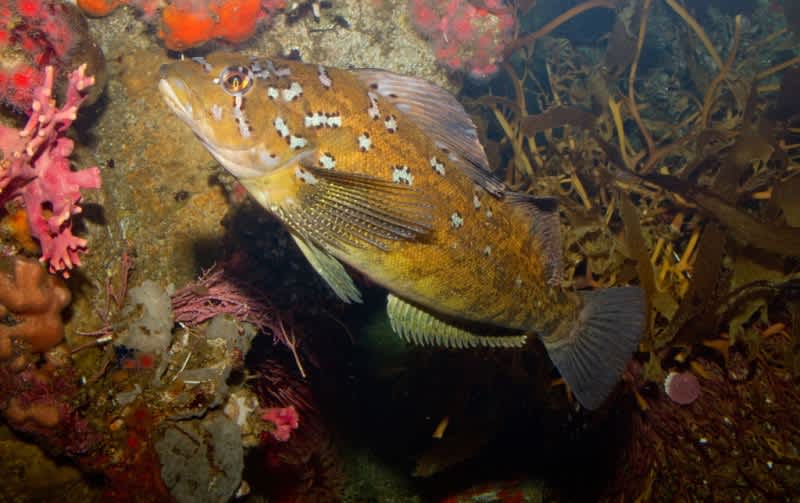New Record Radiation in Fukushima Marine Life, Clean Up to Take 40 Years
OutdoorHub Reporters 03.19.13

The Fukushima Daiichi disaster that occurred in Japan shortly after the 2011 earthquake spilled large amounts of radioactive waste into nearby Fukushima bay, contaminating fish as far as California. According to the Telegraph, a project to contain marine life in the bay turned up specimens that measured over 7,400 times the accepted radiation limit for consumption. Compare this to late January, when a murasoi fish was determined to have 2,500 times the accepted limit. The new discovery, a 38 cm greenling discovered near a water intake, measured in at 740,000 Becquerels per kilogram. In radiation terms, that’s one hot fish.
Roughly 60,000 miles of ocean off the coast of Fukushima have shown increased readings of radioactivity. Even bluefin tuna caught in faraway California have been shown to be contaminated, along with multiple species across the Pacific Ocean. The fish absorbed the radiation by feeding on contaminated shrimp. A net has been placed around the affected waters and efforts are underway to quarantine contaminated sea life.
Following the accident, Tokyo Electric Power Plant (TEPCO) and the Japanese government announced a multi-billion dollar plan to comprehensively clean the affected area. The plan will entail removing an estimated 29 million cubic meters of soil and purifying a 20-kilometer area of contaminated water. Nineteen miles around the plant have been evacuated, displacing nearly 160,000 residents. The scheduled cleanup is expected to come to a close in 30-40 years.
No word yet on whether the greenling glows in the dark.

